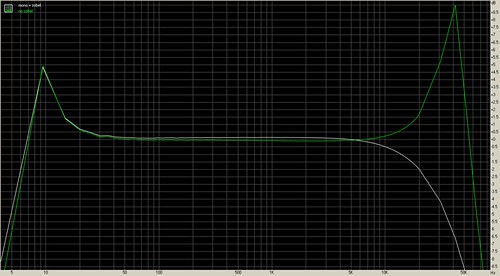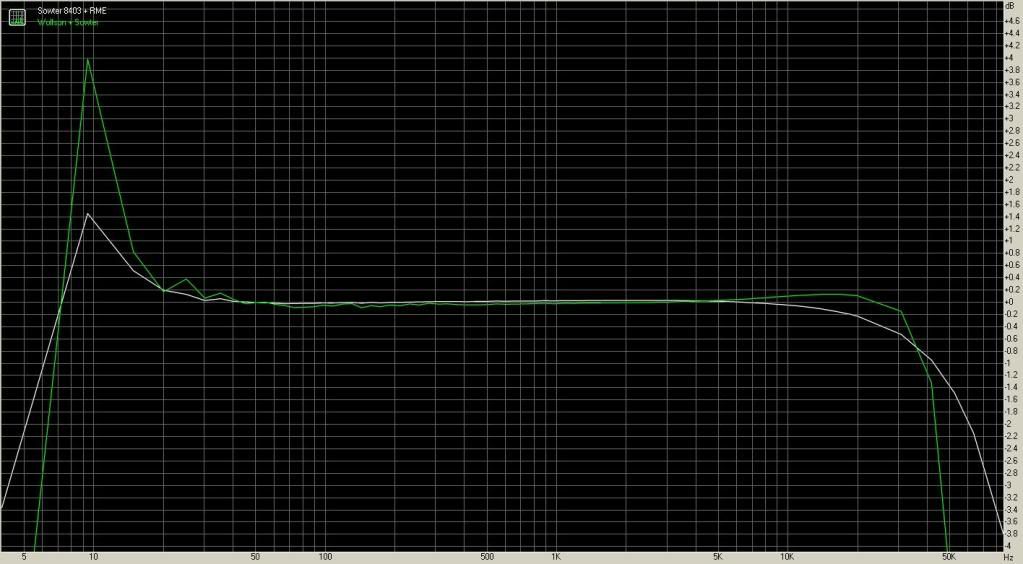thermionic
Well-known member
- Joined
- Jun 3, 2004
- Messages
- 1,671
Why is it that manufacturers of transformers don't suggest Zobel + Loading resistor values to prevent ringing? Is it something they don't like to talk about? I guess the x-formers are intended to be used with a variety of input impedances, so it's tricky to have a 'one suits all' method?
In my experience, the cheaper the transformer, the worst the ringing - with one or two exceptions. I find the OEP transformers from RS / Rapid etc to be terrible in this regard. Expensive transformers from the likes of Lundahl seem to exhibit near to zero ringing.
I've seen complete circuits exhibit good THD performance with a ringing transformer, but measure very poorly in terms of IMD - which would support Steve's excellent points.
Justin
edit - Sowter offer Zobel values in their data, but I don't recall many other OEMs being so liberal with such info.
In my experience, the cheaper the transformer, the worst the ringing - with one or two exceptions. I find the OEP transformers from RS / Rapid etc to be terrible in this regard. Expensive transformers from the likes of Lundahl seem to exhibit near to zero ringing.
I've seen complete circuits exhibit good THD performance with a ringing transformer, but measure very poorly in terms of IMD - which would support Steve's excellent points.
Justin
edit - Sowter offer Zobel values in their data, but I don't recall many other OEMs being so liberal with such info.














































